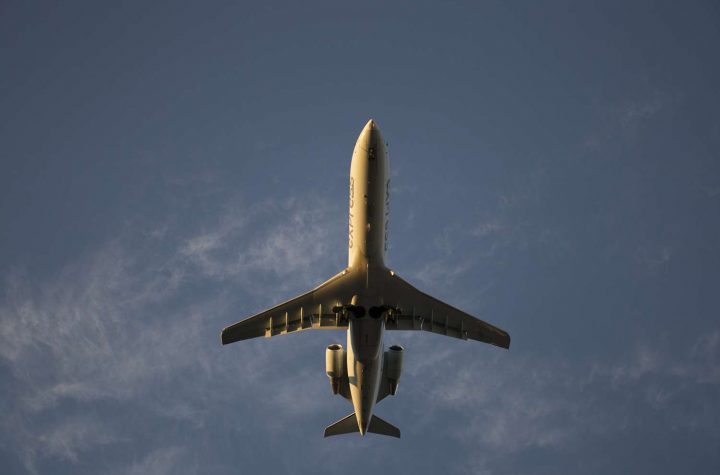- This topic is empty.
-
AuthorPosts
-
2025-06-10 at 2:10 pm #84643
In an increasingly interconnected world, the modes of transportation we choose significantly impact our daily lives, economies, and the environment. As urbanization accelerates and populations swell, understanding the most popular ways of transportation becomes crucial for policymakers, businesses, and individuals alike. This post delves into the various transportation methods, examining their popularity, advantages, and the factors influencing their use.
1. The Rise of Public Transportation
Public transportation systems, including buses, subways, and trams, have gained immense popularity in urban areas. According to the American Public Transportation Association, public transit ridership in the United States alone exceeded 9.9 billion trips in 2019. The appeal of public transportation lies in its affordability, efficiency, and ability to reduce traffic congestion and carbon emissions.
Advantages:
– Cost-Effectiveness: Public transport is often cheaper than owning and maintaining a personal vehicle.
– Environmental Benefits: Buses and trains can carry many passengers simultaneously, significantly reducing per capita emissions.
– Accessibility: Public transportation systems are designed to serve a broad demographic, including those who may not have access to a car.2. The Dominance of Personal Vehicles
Despite the advantages of public transportation, personal vehicles remain the most popular mode of transport in many regions, particularly in suburban and rural areas. The convenience of having a car at one’s disposal is a significant factor contributing to its sustained popularity.
Advantages:
– Flexibility: Personal vehicles offer unparalleled freedom in terms of travel routes and schedules.
– Comfort: Many individuals prefer the privacy and comfort of their own vehicles, especially for long-distance travel.
– Status Symbol: In many cultures, owning a car is associated with social status and personal success.3. The Emergence of Ridesharing Services
In recent years, ridesharing platforms like Uber and Lyft have transformed the transportation landscape. These services have gained traction due to their convenience and the growing trend of the sharing economy.
Advantages:
– On-Demand Service: Ridesharing apps provide immediate access to transportation, eliminating the need for traditional taxi services.
– Cost Efficiency: For many, ridesharing can be more economical than owning a car, especially in urban settings.
– Reduced Parking Hassles: Ridesharing reduces the need for parking spaces, which is a significant advantage in crowded cities.4. The Shift Towards Sustainable Transportation
As environmental concerns become more pressing, there is a noticeable shift towards sustainable transportation methods. Bicycles, electric scooters, and walking are gaining popularity, particularly in urban areas.
Advantages:
– Health Benefits: Active transportation methods like cycling and walking promote physical health and well-being.
– Reduced Environmental Impact: Non-motorized transport options contribute to lower emissions and less urban congestion.
– Community Engagement: Sustainable transportation fosters a sense of community and encourages local interactions.5. The Future of Transportation: Autonomous Vehicles and Hyperloop
Looking ahead, the transportation landscape is poised for revolutionary changes with the advent of autonomous vehicles and innovative concepts like the Hyperloop. These technologies promise to redefine efficiency and accessibility in transportation.
Advantages:
– Increased Safety: Autonomous vehicles have the potential to reduce accidents caused by human error.
– Speed and Efficiency: The Hyperloop could drastically reduce travel times between major cities, enhancing connectivity.
– Reduced Traffic Congestion: Smart transportation systems can optimize traffic flow, reducing congestion and improving overall urban mobility.Conclusion
The most popular modes of transportation reflect a complex interplay of cultural, economic, and technological factors. While public transportation and personal vehicles dominate today, the rise of ridesharing and sustainable options indicates a shift towards more innovative and environmentally friendly solutions. As we navigate the future, understanding these trends will be essential for creating efficient, accessible, and sustainable transportation systems that meet the needs of a growing global population.
-
AuthorPosts
- You must be logged in to reply to this topic.


